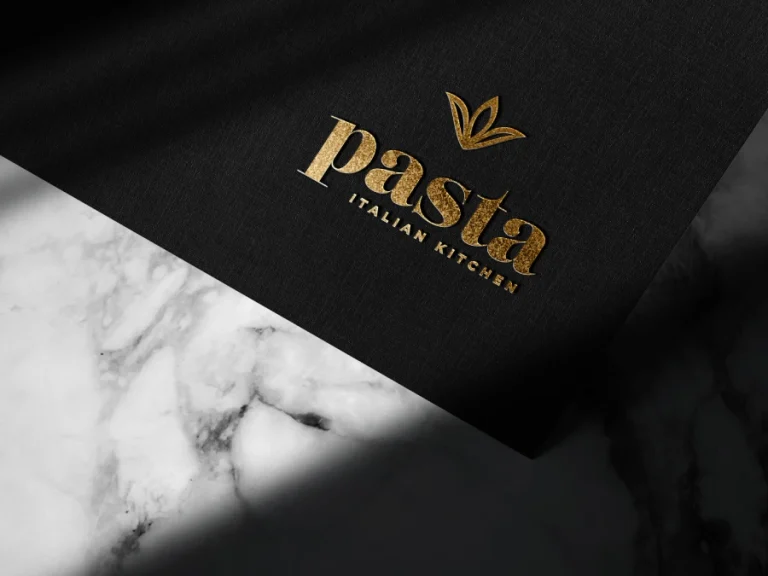In the world of printing and packaging, where every tiny detail counts, finding the right finishing touch can make all the difference. Among many options available, aqueous coating stands out as a versatile and effective choice for improving the visual appeal and durability of printed materials. Exploring the world of aqueous coating can take your printing projects to a whole new level, whether you’re an experienced professional or just curious to know about it. This article covers all the information you are looking for about aqueous coating.
What is Aqueous Coating?
Aqueous coating, a transparent varnish based on water, is applied to printed materials during the printing process. It quickly dries, prevents fingerprints, and is environmentally friendly. Widely adopted for its ability to enhance package designs, aqueous coating is often the preferred choice in the printing and packaging industry.
Aqueous coating is commonly known as AQ coating. It is a unique clear, water-based coating. It’s applied to printed materials after the ink has been laid down and dried. This popular choice for both offset and digital printing processes offers a range of benefits without compromising the integrity of the printed piece.
Types of Aqueous Coating?
Aqueous coatings cater to a wide range of printing projects, from marketing printing material and packaging design to publication printing and more. We are going to explain the benefits and key features of each type of AQ coating to make it easy for you to choose.
Gloss Aqueous Coating
- It provides a shiny, reflective finish to the printing material.
- Enhance color vibrancy.
- Adds depth to images and graphics.
- Provides a high-gloss sheen.
Matte Aqueous Coating
- It offers a non-reflective, non-glossy finish to printed materials.
- Reduce glare.
- It creates a sophisticated and understated look.
- Enhances readability of text.
Satin Aqueous Coating
- It provides a subtle sheen between gloss and matte finishes.
- It adds a touch of elegance.
- Enhances color richness.
- Offers a smooth and uniform appearance.
- It is best when you only want the benefits of the coating with as little impact on the print.
Soft Touch Aqueous Coating
- It creates a velvety texture that is pleasing to the touch.
- Provides a luxurious feel.
- Adds tactile appeal.
- Enhances the value of printed materials.
- It is best to give a premium look to the packaging material.
Why Aqueous Coating is Essential For Packaging?
In packaging, it is essential to create a balance, making them visually appealing and ensuring they remain secure during transit. Interestingly, the coating on the packaging is one key factor in achieving this balance.
When your product packaging moves from manufacturing to the hands of your customers, it will likely be handled by many people. Therefore, it must be protected from damage like fingerprints and scuffs.
There are two primary ways to apply aqueous coating: inline and offline varnishing. Inline varnishing is used during the printing process, while offline varnishing is used after the sheet gets dried. Both methods can add some creativity to your printed materials, giving them an overall shine while highlighting certain parts beautifully.
Other Applications of Aqueous Coating
Marketing Collateral
First impressions play a vital role in the marketing and advertising industry. Aqueous coating is a technique that can make your marketing materials stand out by giving them a polished and professional finish that requires attention. Whether you use it for business cards, brochures, or promotional flyers, aqueous coating can add a touch of sophistication to your brand image, leaving a lasting impact on potential customers.
Publication Printing
From magazines and catalogs to books and annual reports, high-quality printing publications will effectively engage your readers and convey information. Aqueous coating can enhance the visual impact of publication printing by boosting colors, improving clarity, and adding a professional finish to the final product.
Whether you are printing a glossy fashion magazine or a matte coffee table book, aqueous coating will make your publication look remarkable and leave a lasting impression on readers.
Benefits of Aqueous Coating
Water-based coating, or aqueous coating, has many advantages in printing applications. Including:
- It dries quickly and can be applied in various ways to enhance the design and provide protection, unlike UV coating or varnish.
- Aqueous coating is a cost-effective
- It is eco-friendly, making it a popular printing option, especially for food and household packaging.
Keep These Points in Mind!
It is crucial to remember that aqueous coating may not be compatible with certain products. For instance, chemicals in cosmetics and fragrances can affect the bonding of water-based coatings inside and outside the packaging. When deciding on a coating for packaging, it’s important to consider the nature of the product being packaged. Aqueous coating may be a good option.
Conclusion
Aqueous coating presents numerous advantages for environmentally-conscious and budget-conscious business owners alike. It’s an ideal option for those who are seeking a sustainable solution or worried about potential residue or warping issues associated with other coatings.





